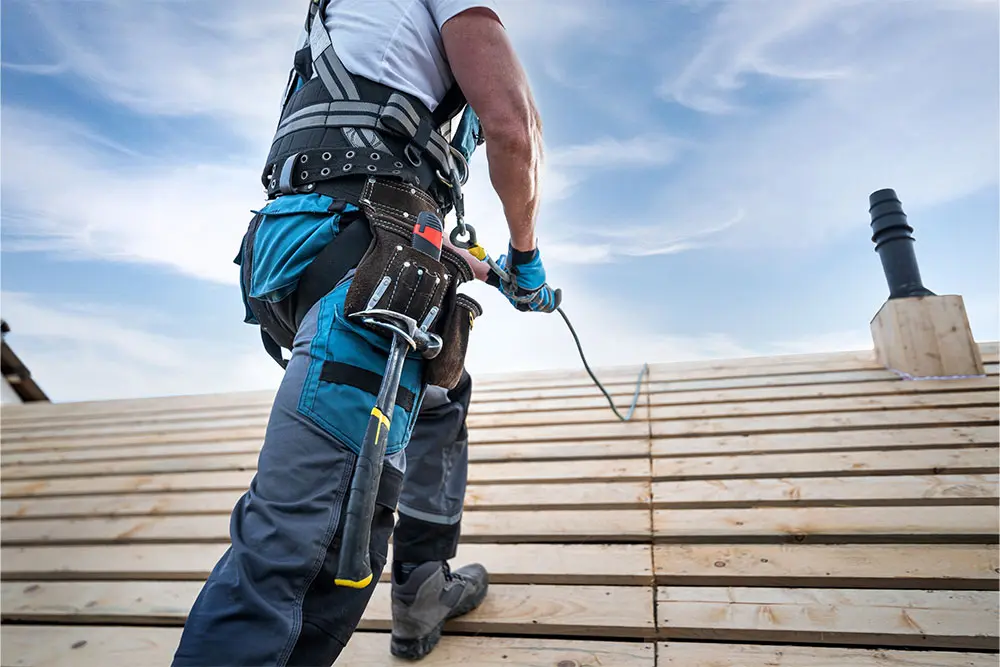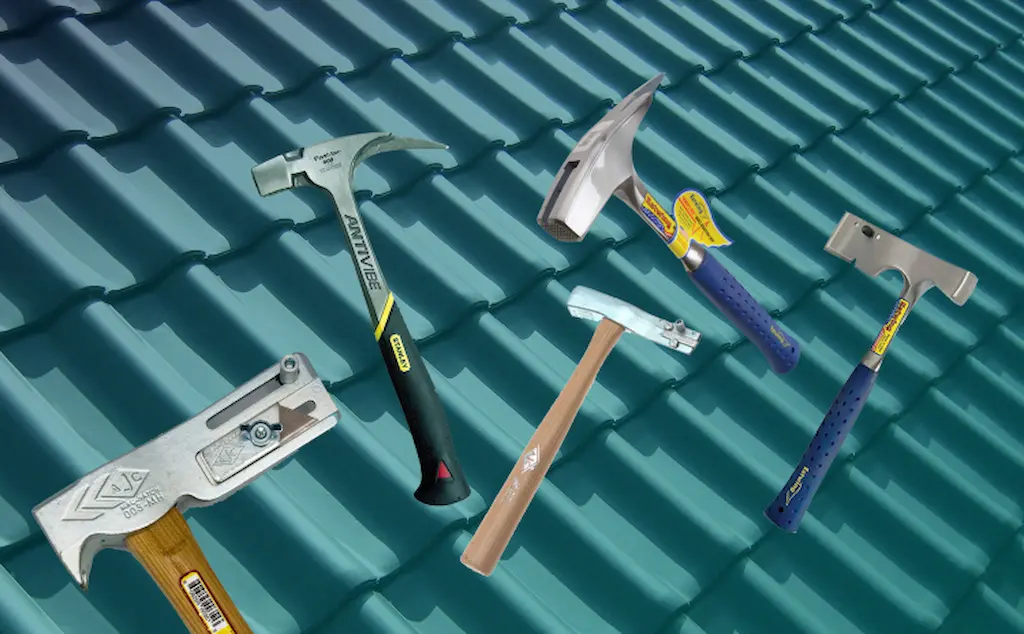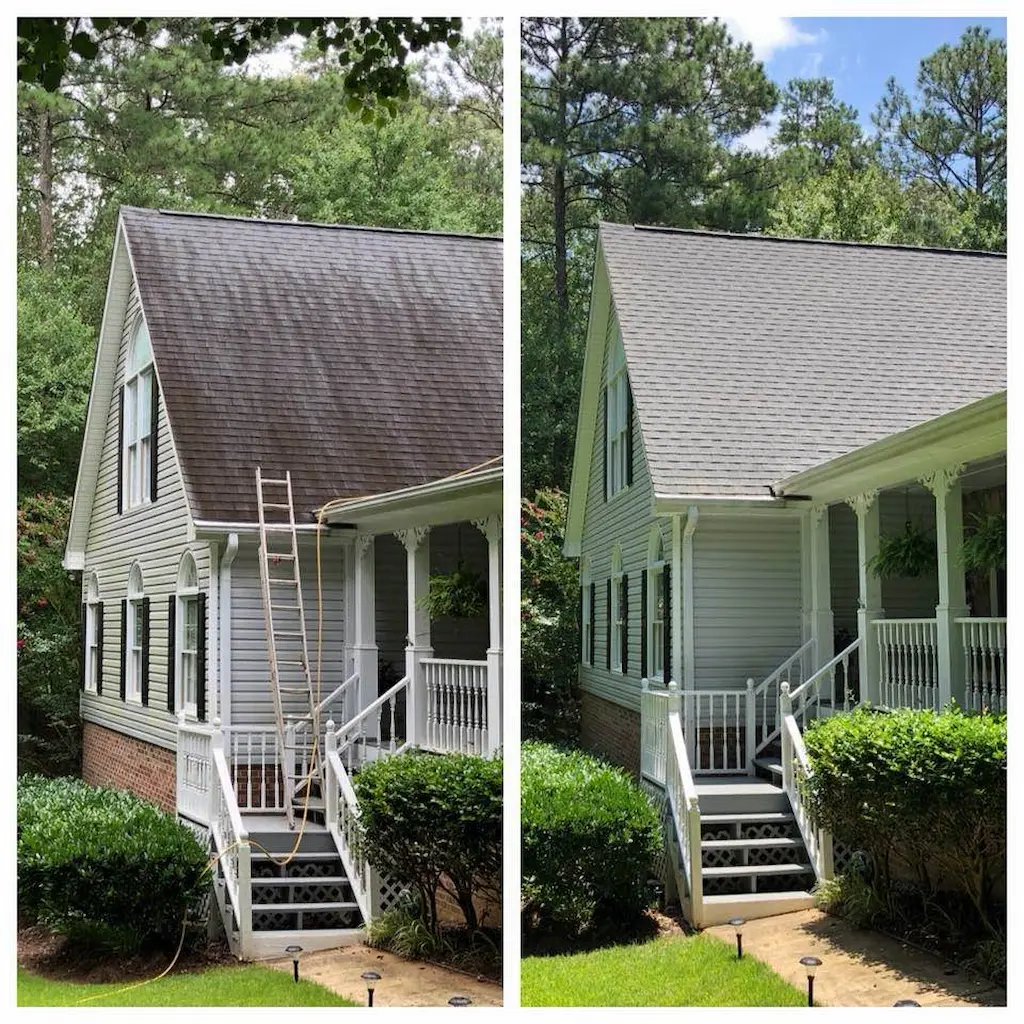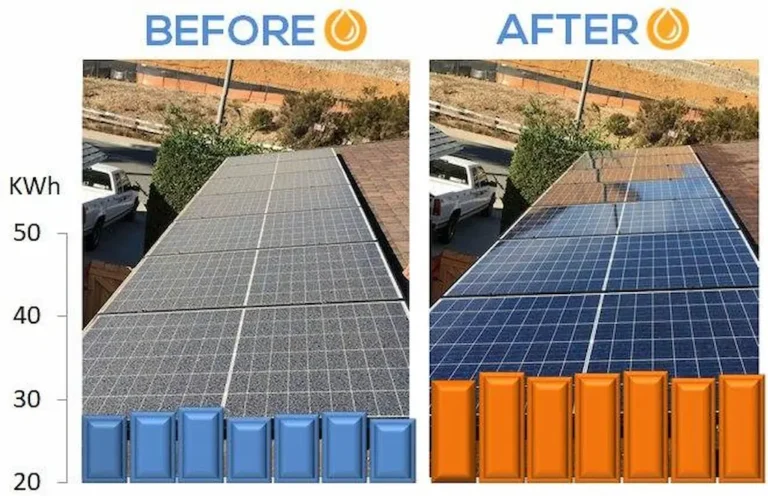A leaky roof can be a homeowner’s nightmare, but with the right knowledge and tools, you can tackle this problem yourself. This guide will walk you through the process of patching a leaky roof, providing you with the skills to perform a DIY roof leak repair and save money on professional services.
Identifying the Leak
Before you can fix a leak, you need to find it. Here’s how:
- Look for water stains on your ceiling or walls.
- Check your attic for damp spots or mold growth.
- During daylight, use a flashlight to look for holes in the roof decking. For a comprehensive guide on inspecting your roof and identifying damage, check out our DIY Roof Repair Guide.
Safety First

Roof repairs can be dangerous. Always:
- Use a sturdy ladder
- Wear non-slip shoes
- Work with a partner if possible
- Avoid working in wet or windy conditions
Tools and Materials
Gather these items before you start:

- Roofing cement
- Putty knife
- Roofing nails
- Hammer
- Replacement shingles (if needed)
- Caulking gun
- Roofing sealant
- Safety gear (gloves, goggles)
Step-by-Step Repair Process
1. Clean the Area
Wash the roof area around the leak with water and let it dry completely.
2. Locate the Exact Leak Point
Carefully lift the edges of surrounding shingles to find the source of the leak1.
3. Apply Roofing Cement
Use a putty knife to apply roofing cement under loose shingles and press them down3.
4. Replace Damaged Shingles
If shingles are severely damaged:
- Remove the old shingle by lifting its edges and pulling out the nails.
- Slide the new shingle into place.
- Secure with roofing nails.For a detailed guide on repairing and replacing roof shingles, see our comprehensive DIY Shingle Repair Guide
- Apply sealant over the nail heads.
5. Repair Flashing
For leaks around vents or chimneys:
- Remove old caulk or roofing cement.
- Apply new silicone caulk or roofing sealant around the base of the vent or chimney. For more in-depth instructions on repairing roof flashing, read our guide on flashing repairs.
6. Fix Small Holes
For tiny holes:
- Clean the area with a wire brush.
- Apply roofing sealant directly over the hole.
- Cover with a small piece of flashing or shingle3.
When to Call a Professional
While many roof repairs can be DIY projects, some situations require expert help:
- Multiple or large leaks
- Structural damage
- Steep or dangerous roof pitch
- Repairs on slate, tile, or metal roofs
Preventive Maintenance

To avoid future leaks:
- Inspect your roof twice a year
- Clear debris regularly
- Trim overhanging tree branches
- Ensure proper attic ventilation
For more tips on maintaining your roof, including gutter repair, check out our guide on home gutter maintenance.
By following these steps, you can successfully patch a leaky roof and prevent water damage to your home. Remember, if you’re ever unsure about your ability to safely complete the repair, it’s best to consult with a professional roofer.
How do I know if my roof damage is covered by insurance?
Check your policy for coverage of sudden events like storms or hail; wear and tear or neglect isn’t covered, per the Insurance Information Institute. Contact your insurer or use our tool to draft a claim letter with the right details.
What is the risk of leaks with new flashing if not installed properly?
Improper installation, like cutting below old lines, can cause leaks within 2 years, so professional work is crucial.
How do you secure a tarp on a roof without nails?
What is a quick fix for a water leak on the roof?
Use roof sealant or caulk for small leaks, or a tarp for larger ones. Apply sealant after cleaning the area, and check after rain. This is a temporary measure until a permanent repair can be arranged, ideal for urgent situations.
How do I patch a leaking tin roof on a mobile home without replacing it entirely?
Identify leak points at seams or penetrations, remove old caulk, clean, and apply new butyl caulk. Press firmly for a seal and let dry. This method works for tin roofs, common in mobile homes, ensuring a cost-effective fix.
What’s the best way to recoat an RV roof to fix leaks?
Clean the RV roof, repair damage with sealant, choose a coating like acrylic or silicone, and apply evenly. Let it dry completely before use. Regular maintenance is key to prevent future leaks, especially for mobile living.
How do I prepare a leaky roof for a hurricane?
Inspect and repair the roof if possible, tarp it to prevent rain entry, clear gutters for drainage, and remove debris to avoid wind damage. These steps help minimize hurricane-related damage, especially critical given the current season.
What are some DIY fixes for a leaky garage roof that don’t involve replacing the entire roof?
For garage roofs, seal small cracks with sealant, replace damaged shingles, or apply a roof coating. For flat roofs, use a rubber membrane patch. These are temporary; for old roofs, replacement may be needed long-term.
Can I fix a roof leak from the inside temporarily?
No, fixing from inside won't stop water entry; it may find another path. Instead, use a tarp outside or a bucket inside to manage water until a professional can repair it, ensuring safety and preventing further damage.
What’s the best way to fix a leaky flat roof as a DIY project?
For flat roofs, clean the surface, repair holes with patching compound, and apply a waterproof membrane like EPDM. Follow tutorials for sealing, and ensure proper weather conditions. However, for large areas, consider professional help for warranty and quality.
How do I repair a damaged shingle that’s causing a roof leak?
To repair a damaged shingle, lift the edges, apply roofing cement for small cracks, or remove and replace it if severely damaged. Slide a new shingle into place, nail it down, and seal nail heads with cement. Ensure you use the right tools like a hammer and roofing nails for a secure fix.
What are some short-term DIY solutions for a leaky roof?
Short-term fixes include using a tarp to cover the leak, placing a bucket to catch water, or applying roof sealant or caulk. These methods are temporary and should be followed by a permanent repair to prevent further damage, such as water seeping into walls or ceilings.
How do I find the source of a roof leak?
To find the leak, check for water stains inside, inspect the attic for damp spots, and examine the roof for damage like missing shingles or cracked flashing. Water may travel, so use a hose test on a dry day to pinpoint the entry point, and check for clogged gutters as they can contribute to leaks.





